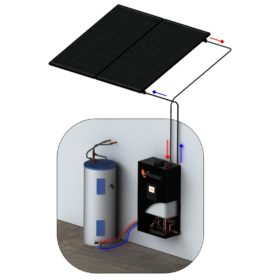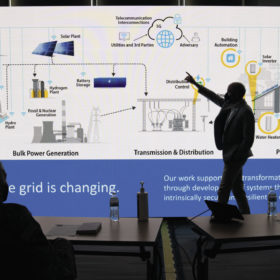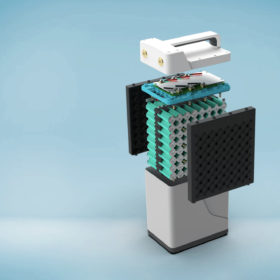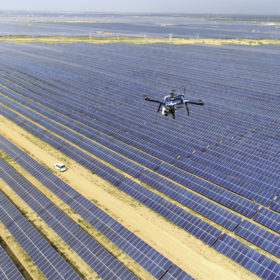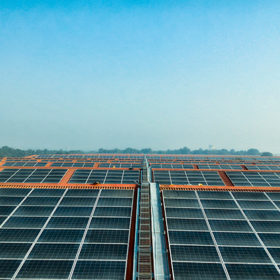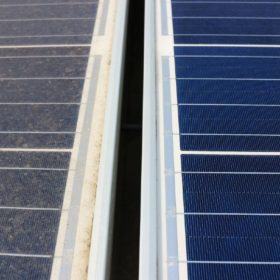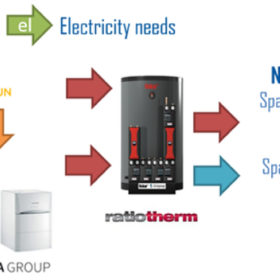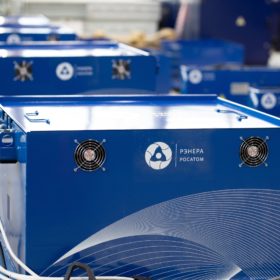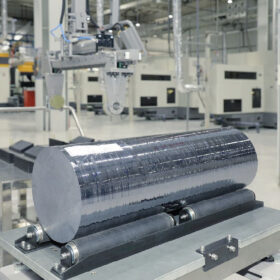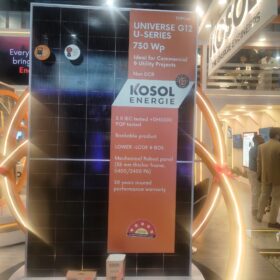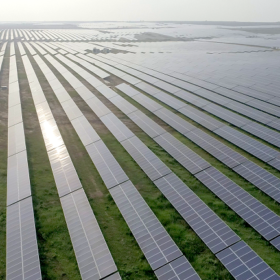Solar heat pump solution for water, pool heating
U.S. solar thermal specialist Fafco is set to launch a new photovoltaic-thermal heat pump solution for water and pool heating. The system consists of photovoltaic-thermal panels, a 5 kWh thermal battery with a heat pump, and an electric hot water heater.
The long read: New consensus in cybersecurity
As power systems integrate more digital and inverter-based devices, the guidelines and technical standards for these resources are evolving, and none as quickly and urgently as cybersecurity standards. New approaches to cyber defense are now needed to protect more interconnected systems with diverse owners, manufacturers, and system architectures. However, current cybersecurity standards for energy devices are still patchy. Upcoming efforts are aimed at changing that, reports NREL’s Connor O’Neil.
UK business claims to offer ‘world’s most sustainable lithium-ion battery’
English manufacturer Aceleron claims every component of its devices can be accessed for replacement, repair or recycling, with the business’ co-founder stating the aim is to ensure ‘100% of the materials in our batteries will continue to be used for as long as possible – preferably forever.’
The long read: Getting smart about solar
As solar PV increases its share in the world’s energy mix, it is becoming increasingly clear how valuable the data gathered from renewable energy generators is in informing important decisions about operation, maintenance and grid integration. Yazeed Al Mousa examines the latest applications for artificial intelligence in PV project development and operation.
Fire risks for rooftop solar
A recent study by Clean Energy Associates showed that 90% of inspected rooftops had significant safety and fire risks. Here’s how to protect your solar asset.
Hydrophobic anti-soiling coating for solar modules
A U.K. research group is developing an anti-soiling solution produced via a chemical process compatible with glass manufacturing. The Engineering and Physical Sciences Research Council is providing $1.6 million of funding for the project.
European consortium develops ways to couple heat pumps with solar panels
The Sun Horizon consortium has started to collect performance data on two pilot projects that combine heat pumps with solar systems using hybrid panels on homes in Riga, Latvia. The solution features a heat pump for space heating and domestic hot water and PVT panels to produce power for heating and domestic appliances, with excess power fed to the grid.
The long read: Nothing simple about solar O&M
New investors and technological complexity demand new approaches to O&M service provision, argues NovaSource’s Timo Moeller. With larger PV fleets and the ability to process the operational data of generation, pure-play O&M may continue to deliver on solar’s cost learning curve.
Energy efficiency a good substitute for long-term storage, says NREL
A 60% reduction in building energy use will be key to achieving a low-cost, 100% renewable energy grid, according to a new study by the U.S. National Renewable Energy Laboratory.
Modison Metals to expand into battery storage, EV charging in partnership with Russian firms
The electrical contacts manufacturer will join hands with battery storage firm RENERA and EV charger manufacturer L-Charge for its business expansion into these segments.
